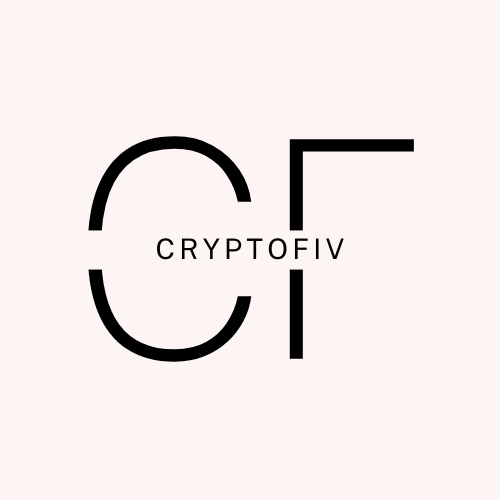The NFT Boom: Empowering Digital Art , Supported Blockchain and Security
The NFT Boom: Empowering Digital Art and Music Creators Through Copyright Tax Supported Blockchain and Security
Introduction
The rise of Non-Fungible Tokens (NFTs) has revolutionized the way digital art and music creators monetize and protect their work. NFTs, which are unique digital assets stored on blockchain, have enabled creators to sell their work as one-of-a-kind collectibles, ensuring authenticity and provenance. In this article, we will explore the NFT boom and its impact on digital art and music creators, focusing on the role of copyright tax supported blockchain and security measures in protecting their intellectual property.
Understanding the NFT Boom
The NFT boom refers to the surge in popularity and adoption of NFTs as a new form of digital asset. Unlike cryptocurrencies such as Bitcoin or Ethereum, which are fungible and can be exchanged on a like-for-like basis, NFTs are unique and indivisible, making them ideal for representing digital art, music, and other creative works.
One of the key drivers of the NFT boom is the ability of NFTs to provide creators with a new revenue stream. By selling their work as NFTs, creators can earn royalties every time their NFT is sold or traded, providing them with a passive income stream that was previously difficult to achieve in the digital realm.
Digital Art and Music Creators in the NFT Boom
Digital artists and music creators have been at the forefront of the NFT boom, leveraging NFTs to monetize their work and connect with fans in new ways. For digital artists, NFTs offer a way to sell their art as collectibles, with each NFT representing a unique piece of artwork. This has opened up new opportunities for artists to reach a global audience and sell their work directly to collectors, bypassing traditional galleries and intermediaries.
Similarly, music creators have used NFTs to sell their music as limited-edition collectibles, offering fans exclusive access to unreleased tracks, concert tickets, and other perks. NFTs have also enabled music creators to tokenize the rights to their music, allowing them to earn royalties from future sales and streams.
Role of Copyright Tax Supported Blockchain
Copyright tax supported blockchain plays a crucial role in protecting the intellectual property rights of digital art and music creators. By storing NFTs on a blockchain that supports copyright tax, creators can ensure that their work is protected from unauthorized use or reproduction.
Copyright tax supported blockchain works by levying a small tax on each transaction involving an NFT. This tax is then distributed to the creator as a royalty, ensuring that they are compensated for the use of their work. This mechanism not only helps creators earn a fair income from their work but also incentivizes collectors to support artists and musicians by purchasing their NFTs.
Security Measures in NFTs
Security is a critical concern for NFTs, as they represent valuable digital assets that can be targeted by hackers and fraudsters. To protect against theft and unauthorized use, NFTs utilize several security measures, including:
1. Immutable Blockchain: NFTs are stored on a blockchain, which is a decentralized and immutable ledger. This means that once an NFT is created and recorded on the blockchain, it cannot be altered or deleted, ensuring its authenticity and provenance.
2. Smart Contracts: NFTs are often created and traded using smart contracts, which are self-executing contracts with the terms of the agreement directly written into the code. Smart contracts enable NFTs to be bought, sold, and traded automatically, without the need for intermediaries.
3. Token Standards: NFTs adhere to specific token standards, such as ERC-721 or ERC-1155, which define how NFTs are created, owned, and transferred. These standards ensure interoperability between different NFT platforms and wallets, making it easier for creators and collectors to manage their NFTs.
Conclusion
The NFT boom has opened up new opportunities for digital art and music creators, enabling them to monetize their work and connect with fans in innovative ways. By leveraging copyright tax supported blockchain and security measures, creators can protect their intellectual property rights and ensure that they are fairly compensated for their work. As the NFT market continues to evolve, it is essential for creators to stay informed about the latest developments and best practices to make the most of this exciting new trend in digital art and music.



.jpg)

.jpeg)